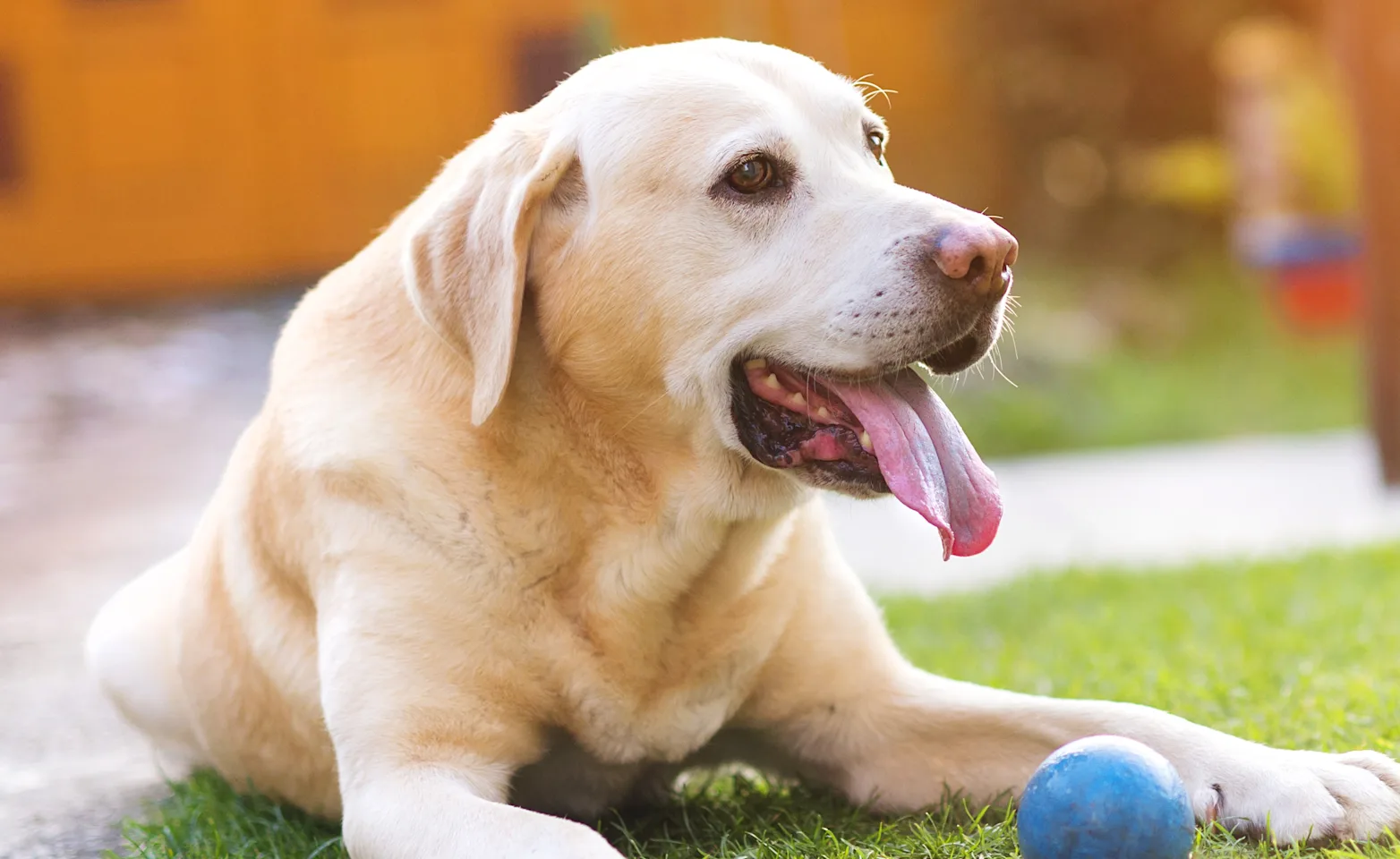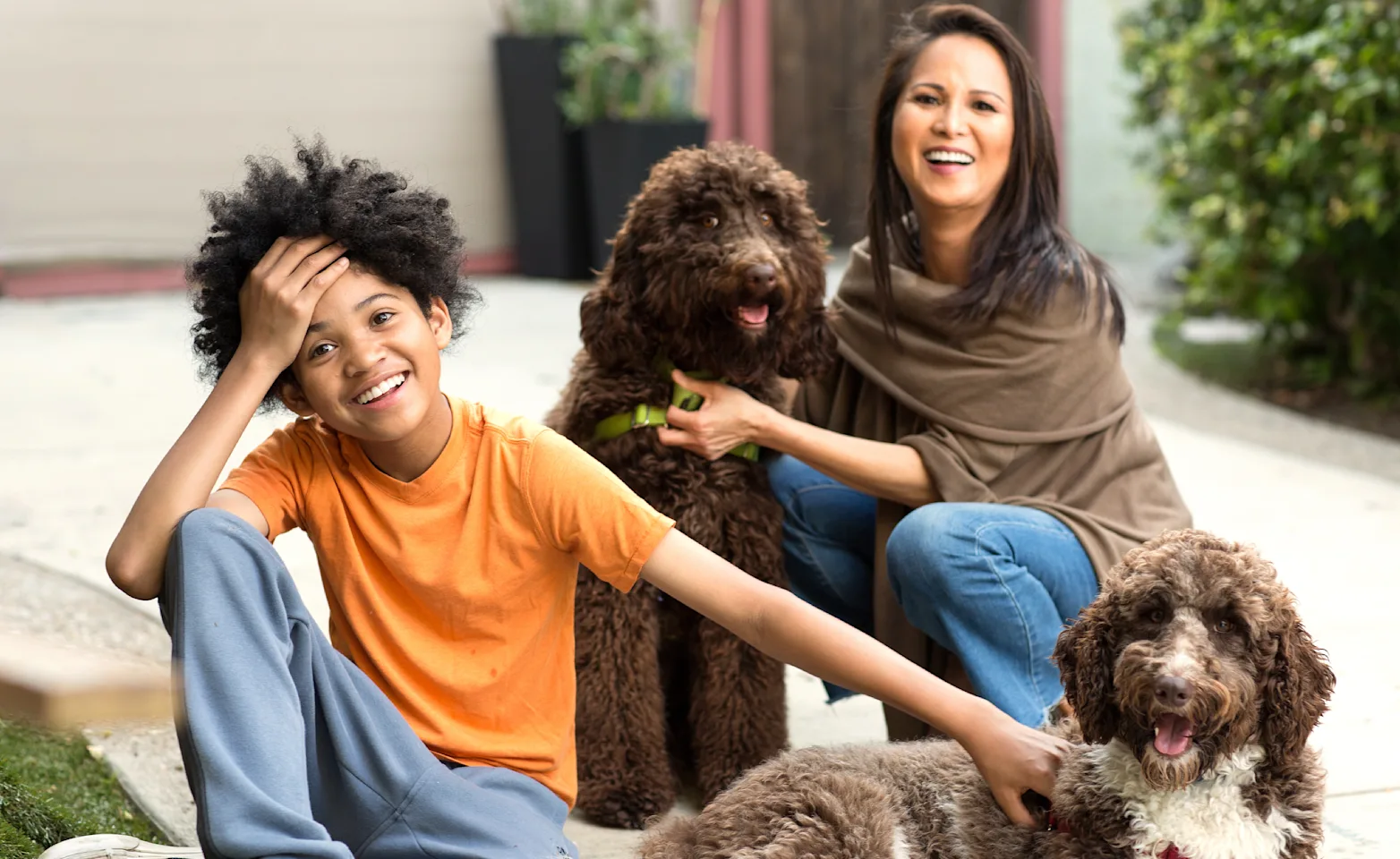Memorial Road Pet Hospital

Crate Training Your Puppy
Crate training takes advantage of your dog's natural instincts as a den animal. A wild dog's den is their home—a place to sleep, hide from danger, and raise a family. The crate becomes your dog's den, where they can find comfort and solitude while you know they are safe and secure (and not shredding your house while you're out running errands).
At 6 weeks, a pup can hold their bladder about 4 hours, by 8 weeks -5 hours, by 12 weeks – 6 hours and by 5-6 months a pup should be able to “hold it” for an 8 hour work day.

Selecting a Crate
Several types of crates are available: plastic (often called "flight kennels") or fabric on a collapsible, rigid frame. Crates come in different sizes and can be purchased at most pet supply stores or online sites.
Your dog's crate should be just large enough for them to stand up and turn around in. If your dog is still growing, choose a crate size that will accommodate their adult size. Block off the excess crate space so your dog can't eliminate at one end and retreat to the other.

The Training Process
Step 1
Introduce your dog to the crate Place the crate in an area of your house where the family spends a lot of time, such as the family room. Put a soft blanket or towel in the crate. Take the door off and let the dog explore the crate at their leisure. Some dogs will be naturally curious and start sleeping in the crate right away. If yours isn't one of them: Bring them over to the crate and talk to them in a happy tone of voice. Make sure the crate door is open and secured so that it won't hit your dog and frighten them. Encourage your dog to enter the crate by dropping some small food treats nearby, then just inside the door, and finally, all the way inside the crate. If they refuse to go all the way in at first, that's OK; don't force them to enter. Continue tossing treats into the crate until your dog will walk calmly all the way into the crate to get the food. If they aren’t interested in treats, try tossing a favorite toy in the crate. This step may take a few minutes or as long as several days.
Step 2
Feed your dog meals in the crate After introducing your dog to the crate, begin feeding them their regular meals near the crate. This will create a pleasant association with the crate.
If your dog is readily entering the crate when you begin Step 2, place the food dish all the way at the back of the crate. If they remain reluctant to enter, put the dish only as far inside as they will readily go without becoming fearful or anxious. Each time you feed them, place the dish a little further back in the crate.
Once your dog is standing comfortably in the crate to eat their meal, you can close the door while they’re eating. The first time you do this, open the door as soon as they finish their meal. With each successive feeding, leave the door closed a few minutes longer, until they’re staying in the crate for 10 minutes or so after eating.
If they begin to whine to be let out, you may have increased the length of time too quickly. Next time, try leaving them in the crate for a shorter time period. If they do whine or cry in the crate, don’t let them out until they stop. Otherwise, they'll learn that the way to get out of the crate is to whine, so they'll keep doing it.
Step 3
Practice with longer crating periods After your dog is eating their regular meals in the crate with no sign of fear or anxiety, you can confine them there for short time periods while you're home.
Call them over to the crate and give them a treat. Give them a command to enter, such as "crate." Encourage them by pointing to the inside of the crate with a treat in your hand. After your dog enters the crate, praise them, give them the treat and close the door.
Sit quietly near the crate for 5 to 10 minutes and then go into another room for a few minutes. Return, sit quietly again for a short time, and then let them out.
Repeat this process several times a day, gradually increasing the length of time you leave them in the crate and the length of time you're out of sight.
Once your dog will stay quietly in the crate for about 30 minutes with you mostly out of sight, you can begin leaving them crated when you're gone for short time periods and/or letting them sleep there at night. This may take several days or weeks.
Step 4, Part A:
Crate your dog when you leave After your dog can spend about 30 minutes in the crate without becoming anxious or afraid, you can begin leaving them crated for short periods when you leave the house.
Put them in the crate using your regular command and a treat. You might also want to leave them with a few safe toys in the crate.
Vary the moment during your "getting ready to leave" routine that you put your dog in the crate. Although they shouldn't be crated for a long time before you leave, you can crate them anywhere from 5 to 20 minutes prior to leaving.
Don't make your departures emotional and prolonged—they should be matter-of-fact. Praise your dog briefly, give them a treat for entering the crate and then leave quietly.
When you return home, don't reward your dog for excited behavior by responding to them in an enthusiastic way. Keep arrivals low-key to avoid increasing their anxiety over when you will return. Continue to crate your dog for short periods from time to time when you're home so they doesn't associate crating with being left alone.
Step 4, Part B
Crate your dog at night Put your dog in the crate using your regular command and a treat. Initially, it may be a good idea to put the crate in your bedroom or nearby in a hallway, especially if you have a puppy. Puppies often need to go outside to eliminate during the night and you'll want to be able to hear your puppy when they whine to be let outside. Older dogs should also initially be kept nearby so they don't associate the crate with social isolation.
Once your dog is sleeping comfortably through the night with the crate near you, you can begin to gradually move it to the location you prefer, although time spent with your dog— even sleep time—is a chance to strengthen the bond between you and your pet.
